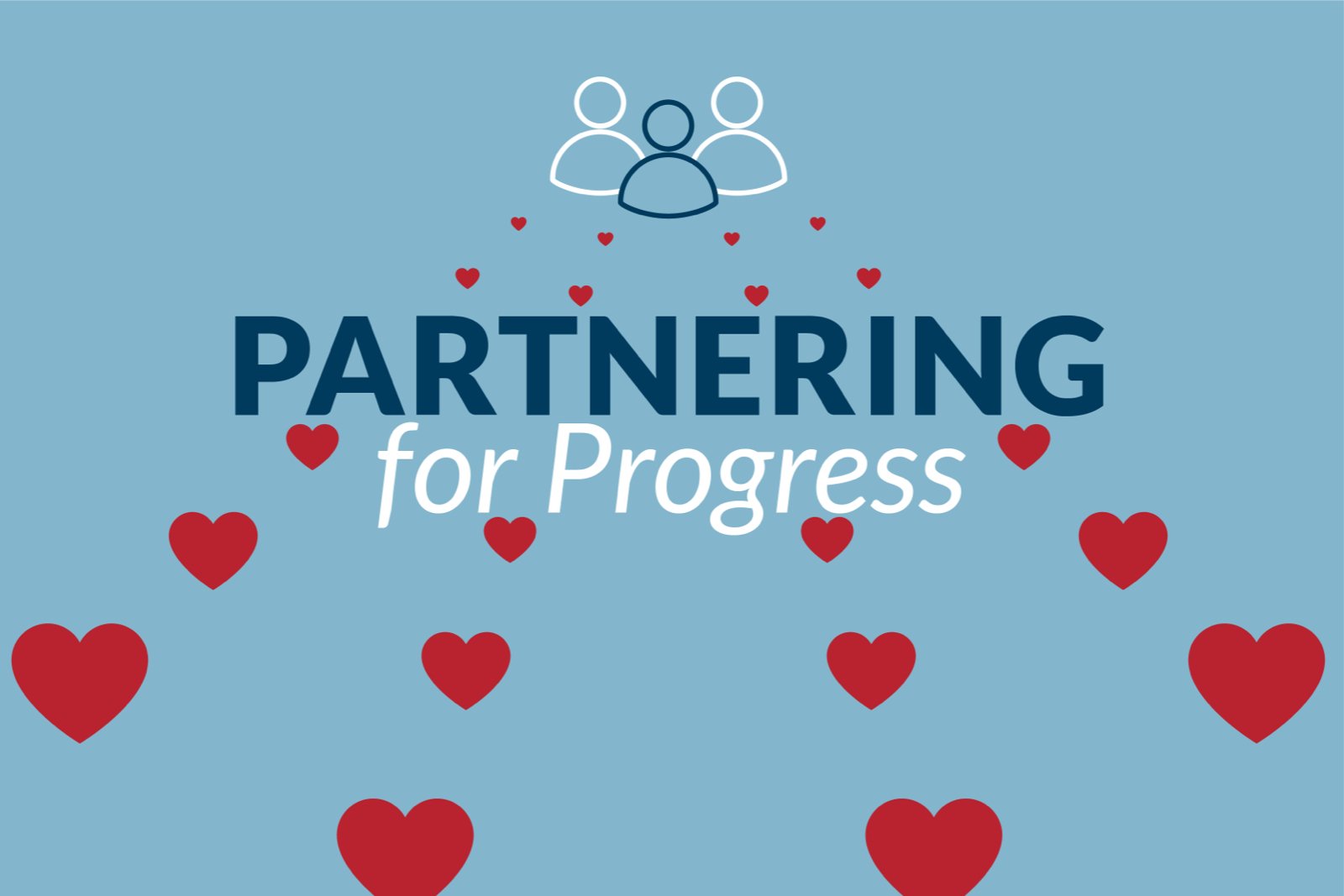Applying Advanced Analytics to Enhance and Retain Customer Loyalty

Discover opportunities with advanced analytics to turn your current loyalists into advocates.
Brands today face unprecedented, multifold challenges: First, consumers are inundated by product and service marketing messages on every available channel. That’s why it’s become increasingly important for brands to differentiate themselves from their competitors. Second, while our digital era makes nearly all marketing global, brands must focus on economies of scale, so personalization, authenticity, and tailored messaging are crucial. And third, many brands now operate on limited marketing budgets due to the COVID-19 pandemic.
All three of these challenges point to the critical importance of advanced analytics, which enable your brand to discover customer loyalty opportunities. Let’s walk through five compelling reasons, including brand examples, to pursue advanced analytics.
1. Let big data drive your next campaign. While no one can deny business advancements due to big data, the conversation around this topic can have negative connotations among consumers. However, implementing a marketing campaign based on advanced analytics can provide more personalized content, a better user experience, and improved products and services, thereby helping to strengthen consumers’ penchant for that brand.
Nike, for example, leverages customer data using its Nike Fit app and other connected devices to better understand customer behavior and preferences, and, eventually, to predict purchasing decisions. The app provides access to the NikePlus rewards program with exclusive offers, plus early access to new products. The app also offers customers easy, accurate and efficient shopping. For example, Nike can scan and save measurements in the app to support future purchases. Nike can also make near-perfect sizing recommendations based on pictures customers send from their smart phone cameras. Analytical insights garnered from the app allow Nike to cater to customers in a way that differentiates the brand from its competitors and helps redefine customer loyalty.
2. Deliver real personalization. By understanding consumer behavior, a brand can reinforce retention within an existing customer base. In addition, consumers are growing nostalgic for one-on-one interactions. What to do? Use data-driven insights to segment your brand communications by content and channel; doing so makes personalization obtainable, scalable, and effective—even with a robust target audience. While some companies may find the required coordination of data, technology, and business objectives challenging, it’s critical to double-down on creating brand affinity right now.
To begin, your brand must establish a technology-agnostic framework; then it must evaluate current processes, capabilities, and technologies to create a plan that can be expanded upon; and finally, it must prioritize investment and coordinate team efforts. Most brands can implement these practices at a relatively low cost.
Urban Outfitters, for example, has amped up its personalization using cloud-based predictive analytics, enabling the culturally hip retailer to make better-informed decisions regarding content on its digital channels and merchandise in store and online. In addition, UO Rewards’ 10 million members now receive personalized emails sent at a top-of-mind cadence, and the company’s highly rated app is both dynamic and customizable. The brand also uses modeling to help optimize available inventory, while predicting future purchases. This omnichannel streamlining is in large part due to proximity marketing, which collects and analyzes data to increase shopper personalization.
3. Lean on your best and most efficient resource: machine learning. A brand should make a concerted effort to better understand its consumers’ perceptions and preferences. By using advanced analytics to help decipher your customer segments, machine learning can prescribe what your brand should do next based on data; then it can look for sizable segments that warrant action; and, finally, it can improve your customer experience. Numerous interactions provide ample opportunity to aggregate and analyze existing consumer data to ensure customer needs are met, and that your relationship with customers goes two ways.
Owning this information enables a brand to better target promotions that drive desired behaviors and address gaps. Take Amazon, for example. The e-commerce giant has redefined the customer experience at every available touch point by using predictive analytics. Amazon provides recommendations with the help of collaborative filtering; and it optimizes supply chain management, product availability, and competitive pricing. Amazon’s ability to leverage customer data for efficiencies, coupled with its machine learning, enhances the customer experience, increases interactions, helps predict buying habits that improve retention, and sets the stage for increased customer loyalty.
4. Reward your loyalists. Brands that apply analytics and predictive tools to improve the quality of their products and/or services undoubtedly provide value for their best customers. From ideation and design to development and commercialization, insights acquired by these technological advancements can help your brand produce optimal results across all phases of the value chain and thoroughly address your customers’ needs.
For instance, a company may leverage social media or crowdsourcing for collaborative product development or see better quality assurance based on learning from similar manufacturing processes. When implementing advanced marketing techniques, be sure to allocate resources appropriately, enabling your brand to see productivity efficiencies; this can lead to lower costs, positively affect your consumers, and provide an edge in a price-conscious market.
5. Measure twice, cut once. The biggest indicator of whether a company should structure its business goals with advanced analytics is ROI. Simply put, personalized content that targets specific customer segments is more cost effective and results in greater conversion percentages. And with the economic impacts of COVID-19, companies can’t afford to displace their efforts.
Delivering communications in a timely, targeted, and personalized manner requires a proficient understanding of both consumer data and resources. Marketing automation can help systematize more campaigns in less time and with fewer resources; moreover, these campaigns can more accurately identify consumers at specific points along the customer journey. In this multidimensional landscape, applying advanced analytics—to help build and implement algorithms, streamline processes, and predict course corrections—helps your brand take full advantage of each available customer interaction and maximizes your efforts. When your brand empowers its decision-making by analyzing available data sets, it will retain your customers, win new ones, and create advocates. What’s that worth to your company?
Claire Cilip is a portfolio director at The Lacek Group, a Minneapolis-based, data-driven loyalty, experience and customer engagement agency that has been delivering personalization for its world-class clients for more than 30 years. The Lacek Group is an Ogilvy company.

